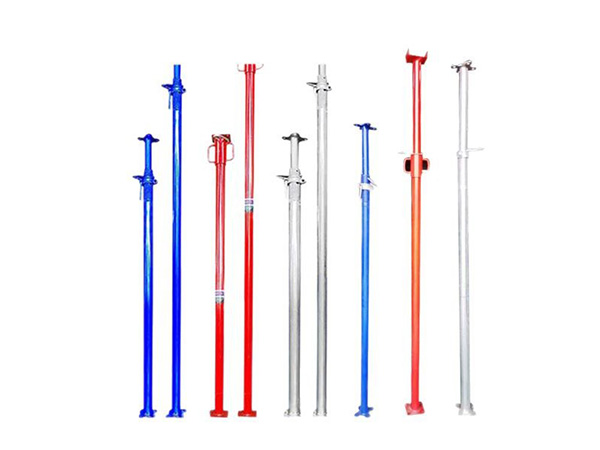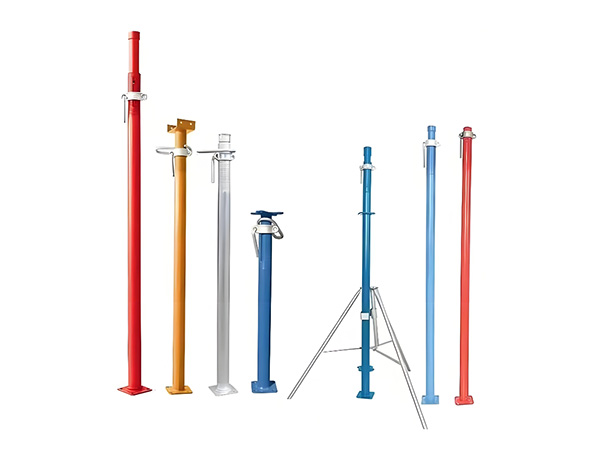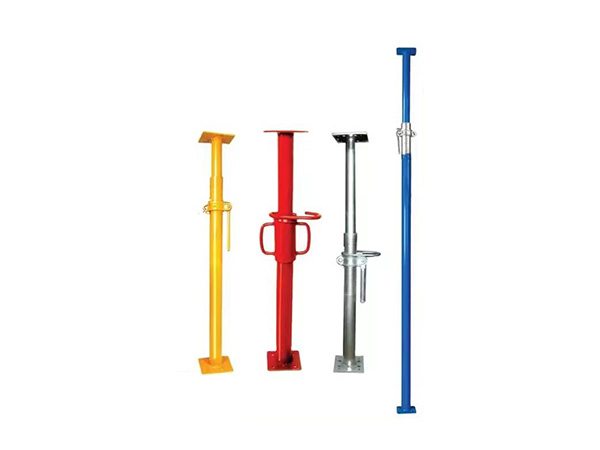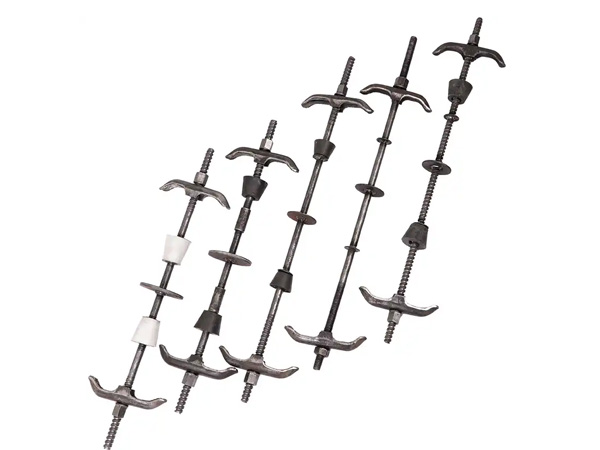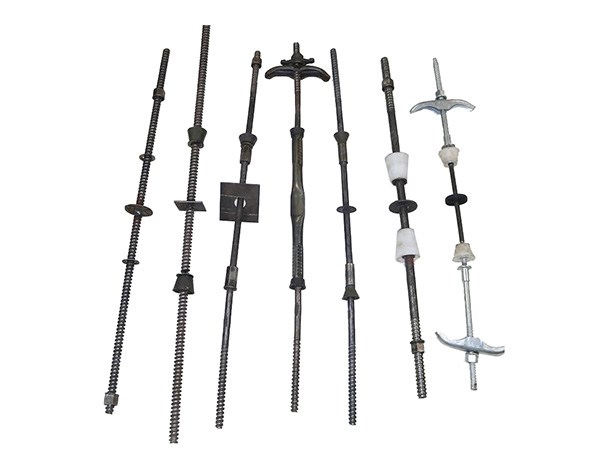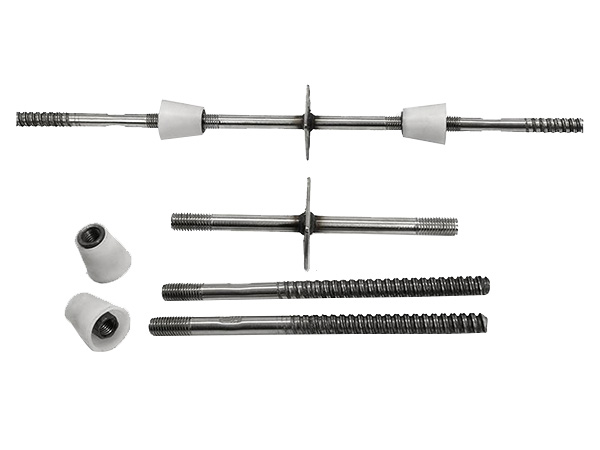- Site Navigation -
NEWS LIST
What to Look for in a Quality Wall-Tie Bolt?
Author:yicheng Date:2025-09-03 17:24:42 Hits:184
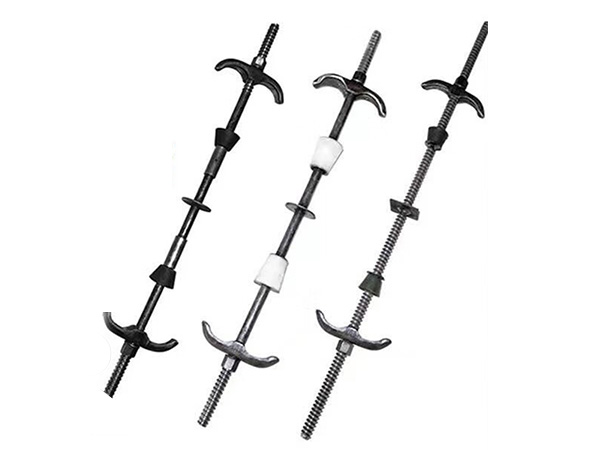
What to Look for in a Quality Wall-Tie Bolt
A quality wall-tie bolt is critical for wall stability,resistance to corrosion,and long-term performance—especially in varying weather and structural stress.When selecting one,focus on these key criteria:
1.Material Durability&Corrosion Resistance
The material determines lifespan,especially in damp or salty environments(e.g.,coastal areas).Prioritize:
Stainless Steel(304 or 316 grade):The gold standard for most climates.304 resists general rust;316(marine-grade)offers enhanced protection against saltwater and harsh chemicals—ideal for coastal or industrial regions.
Hot-Dip Galvanized Steel:Cost-effective for mild climates.Ensure the zinc coating is thick(≥85μm)and uniform(no gaps or flaking)to prevent rust penetration.Avoid electro-galvanized ties(thin coating,short lifespan).
Historic Compatibility:For old buildings,choose materials matching originals(e.g.,hot-dip galvanized for mid-20th-century structures,or replica cast iron for 19th-century walls)to avoid chemical reactions or aesthetic clashes.
2.Structural Strength&Load Capacity
The tie must withstand lateral(wind)and vertical(wall weight)forces.Check:
Tensile Strength:Look for minimum tensile strength of 450MPa(mild steel)or 500MPa(stainless steel)—verify via manufacturer test certificates.
Design Load Ratings:Ensure the tie meets local codes(e.g.,UK BS EN 845-1,US ASTM C1242).For cavity walls,ties should support at least 0.5kN/m²of lateral load;for solid walls,higher ratings(1.0kN/m²+)may be needed for tall structures.
Rigidity:Avoid flimsy,easily bent ties(e.g.,thin wire ties)for load-bearing walls.Opt for rigid designs(e.g.,helical,bar-type)that maintain shape under stress.
3.Installation Compatibility&Retention
A quality tie should secure firmly to masonry without requiring excessive modification.Key features:
Anchoring Mechanism:Choose ties with reliable retention—e.g.,resin-fixed ties(for solid masonry,bond to concrete/brick),butterfly ties(expand in cavity walls),or threaded ends(for mechanical fastening to timber/steel frames).
Adjustability:For uneven walls,select ties with slight flexibility(e.g.,slotted ends)to align without forcing—prevents masonry cracking during installation.
Size Matching:Ensure the tie’s diameter(typically 6–12mm)and length fit the wall thickness(e.g.,100mm length for 90mm cavity walls).Too-short ties will loosen;too-long ones waste material.
4.Weather Resistance&Sealing
Moisture is a top cause of tie failure.Quality ties include:
Weatherproof Coatings:Beyond base materials,some ties have additional epoxy or polymer coatings to seal porous surfaces(e.g.,for brick walls prone to water absorption).
Weep Hole Integration:For cavity walls,ties with built-in weep holes(or compatibility with weep vents)prevent water buildup in the cavity—reduces corrosion and mold.
5.Compliance&Certification
Always choose ties with third-party validation:
Industry Standards:Look for compliance with regional codes(e.g.,EU CE marking,Australian AS 3700).Avoid uncertified“no-name”ties—they may lack strength or corrosion resistance.
Manufacturer Warranty:Reputable brands offer 10–25-year warranties(stainless steel)or 5–10 years(galvanized steel)against corrosion or structural failure.Warranty terms indicate confidence in quality.
6.Aesthetic&Historic Fit(for Listed Buildings)
For historic or visually sensitive walls:
Design Consistency:Select ties that match the original style(e.g.,wire ties for Victorian brickwork,flat bar ties for mid-century homes)to avoid disrupting the wall’s appearance.
Low-Profile Ends:Ties with recessed or painted ends(matching brick/mortar color)blend seamlessly,avoiding unsightly protrusions.







